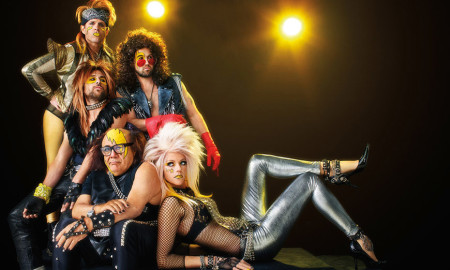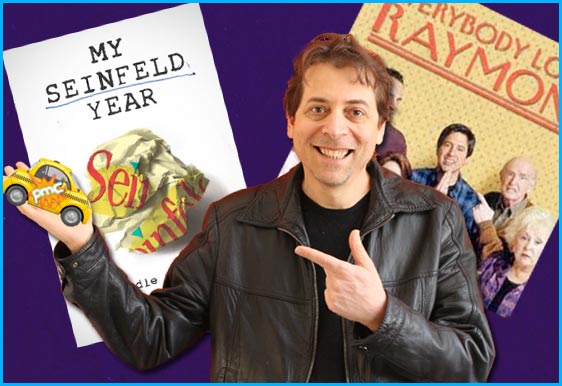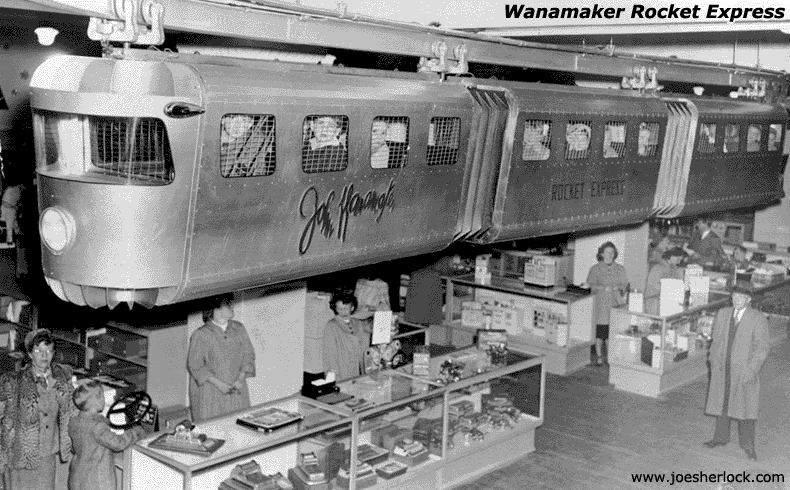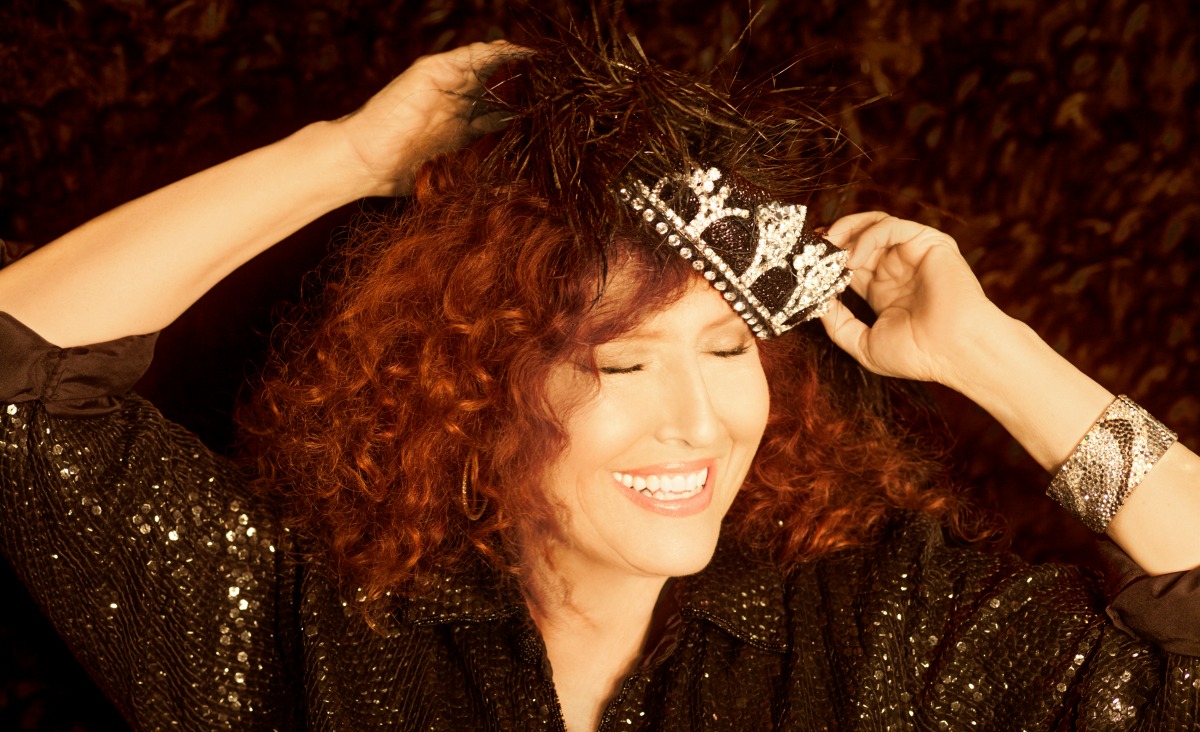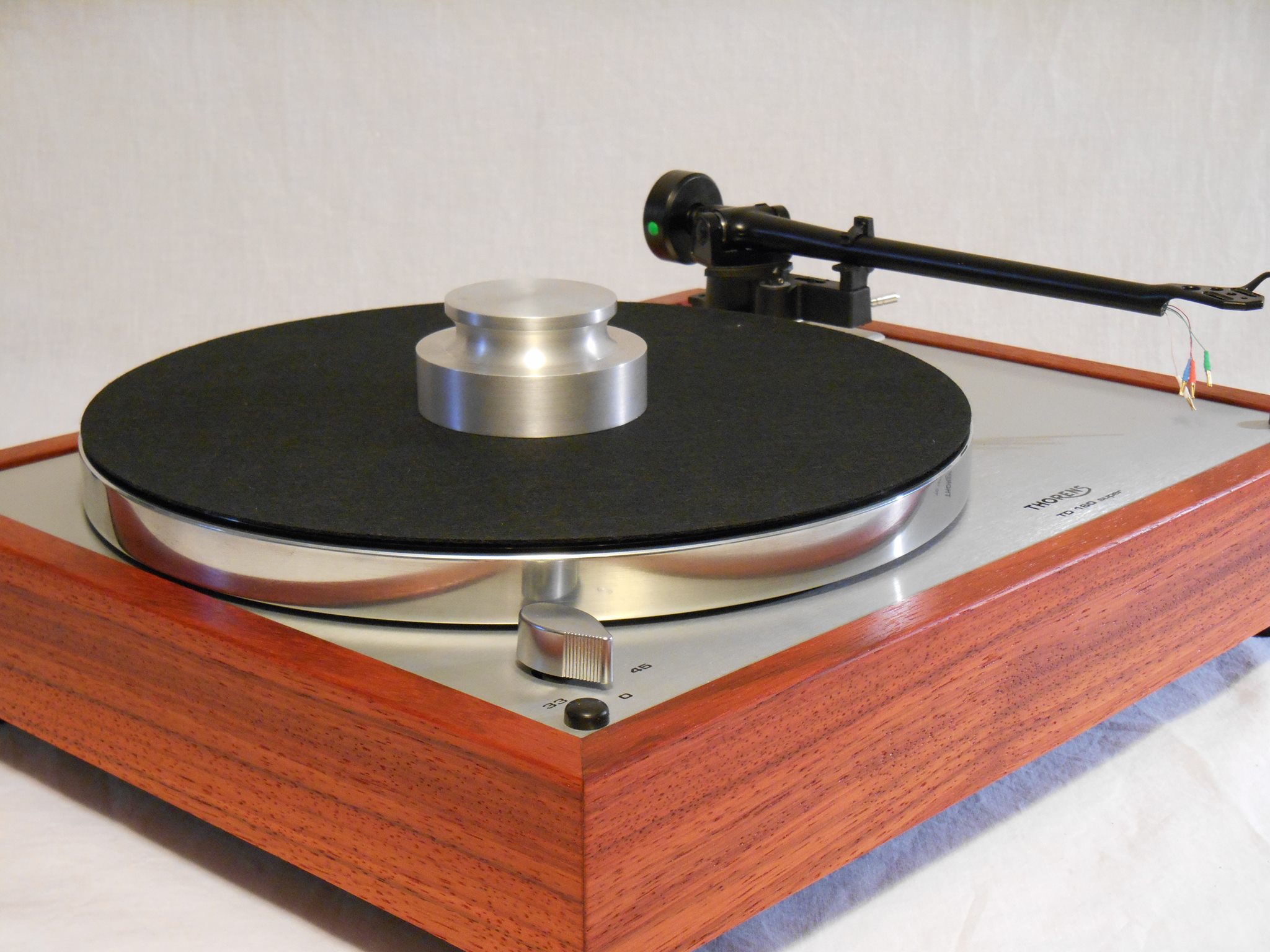

It was bound to happen: the technology we turned our backs on is now in our faces. Your favorite contemporary musicians are proudly putting out vinyl, DJs continue to scratch them in da clubs, and boomers are nodding their heads like yeah.
While not more popular than ever, an elite, knowing segment of music enthusiasts are saying what has been shouted all along: playing music on vinyl is warmer, deeper and truer than the cold impersonality of an mp3.
So how to eat off these strange platters? Unlike iPods, they don’t play themselves. You need to be a little proactive, and your attention span needs to be a bit longer than what is commonly expected of you in the 21st century. Sorry.
Enter Dave Archambault. His aptly named website, Vinyl Nirvana, keeps the dream spinning. He’ll pimp out a quality turntable, just for you. Once more, with feeling. These babies are very sensitive, and so is Dave.
A vinyl enthusiast by DNA, Dave discusses the awesomeness of turntables and how you can get yours.
What types of turntables are there?
There are basically four different turntable designs, and there are good ones and bad examples in each design.
There is a simple belt turntable that not all but most manufacturers are making today. It’s a simple belt drive with no real suspension built into it, called a direct drive.
Then there’s the direct drive. It’s exactly what it sounds like: the platter is being directly driven by the motor of the turntable. There is no belt or idler wheel.
Then there are idler drives that don’t use a belt to move the platter. It’s a rubber wheel structure that is on the motor and moves the platter.
Finally, there is a suspended sub-chassis belt drive. That’s the kind I sell. Acoustic Research (AR) was the original company that designed this turntable.
What makes the suspended subchassis belt-driven turntable better?
Basically, the arm and the platter ride on a different layer from the motor. [It’s protected] from any kind of environmental impact that might affect the sound, like the bass from the speaker or a knock on the door.
That’s because it’s floating on three springs, so it’s isolated better. They started that in the early Sixties. It’s a design that’s still made today, but not very much. It’s very costly to manufacture all the extra stuff that goes into it.
Why do most companies today still mostly make only a belt drive?
Most companies today make a simple belt drive because it’s very easy. They do incorporate some isolation techniques and the more expensive ones do that better.
What are the best-selling turntables these days?
The more popular turntables right now are Rega and Pro-Ject
They all have good designs, capable of good sound.
Where does a turntable make a difference?
I have an iPod in the car with six or eight thousands songs on it. That’s wonderful for the convenience or the variety of it. But when I’m in my home, and I really want to listen to something seriously, there is nothing like a vinyl LP.
Part of it is definitely the nostalgia of it. I grew up with it, so I love the handling of the album, and reading the liner notes.
You often refer to the turntable as a musical instrument.
I really love the turntable because it is a musical instrument. It is capable of minute adjustments that can significantly contribute to the improvement of the sound. You don’t really have that with your iPod or a CD player.
With a turntable, adjusting the height of the arm, for example, will influence the sound of the record because that affects the angle that the needle is hitting the groove and retrieving the information from the groove.
You can put a different mat on your turntable and it can affect the sound that comes from it. It’s a musical instrument as compared to a CD player or an iPod. For other people, that might drive them crazy, but I love that.
Would you say that owning and operating a turntable is not for the impatient or the mechanically inept?
One of the things people get when they’re buying from me is one hour of consultation, if you’re having any kind of difficulty getting it set up properly.
The reason I do that is that I really care. I want them to really enjoy the medium. If they’re not doing something right and it’s not playing right, then it’s not a satisfactory sale. It’s a really cool experience when people are queuing up their first record.
Who is your typical customer?
My typical customer is a guy in his fifties who still has his album collection with nothing to play it on.
So today’s turntable enthusiasts are becoming less lonely and feeling less isolated.
It’s the only hard-copy medium that’s growing right now. The CD has fallen off the charts. It hasn’t gone anywhere. Most new artists are putting out vinyl.
If you have a smart phone, there is a great app called The Vinyl District. It tells you what record stores are nearby.
Can you describe the visceral experience of listening to vinyl?
In a way, it’s slowing life down. You can’t skip tracks on a record unless you get up and you physically move the needle to the next track.
People are more likely to listen to both sides of a whole album on a turntable than they ever would on an iPod or a CD player. It’s a yearning for nostalgia, but it’s also an un-busyness.
What turntable company do you like?
Acoustic Research [AR], because I believe that their products were really, really solidly made.
My favorites were the ones they made in the mid-‘80s. They took designs from the early ‘60s and really decided to take it to the next level. Unfortunately, the CD came along and wiped that whole line out.
There’s a model called the ES-1 and another one called the EB-101. These are my favorite ARs. They are very easy to modify.
I also love the Thorens turntables from the mid-‘60s to the very early ‘80s. The main models I restore and refurbish are the TD 150, TD 160 and TD 125.
If you visit my site, you can see that we’ve gotten crazy with customizing those. These really are heirlooms. They are still going strong after 40 years. I think they’re going to be going strong for another 40 years.
It’s nice to be in this space where we’re giving turntables this kind of character.
Explore Dave’s Vinyl Nirvana here.



